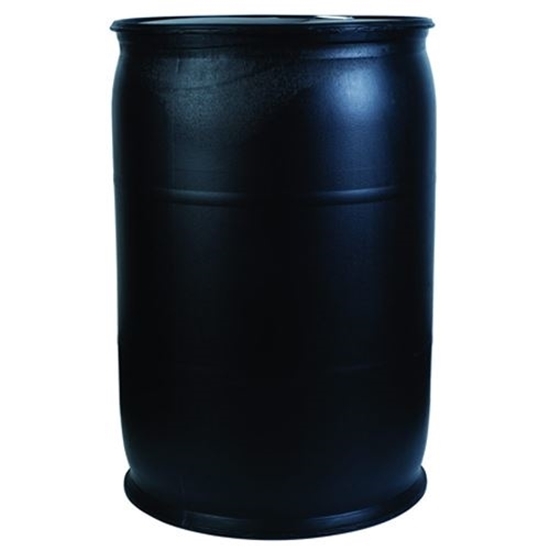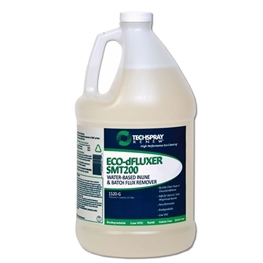
Eco-dFluxer SMT100
Inline & batch water-based flux remover
FAQ's
When should I clean off no-clean flux when soldering?
If it is not fully activated (brought up to solder temperature), you should not leave any ionic residue behind. You might have to clean if...
1. Flux is being used so liberally that it all isn’t being heated along with the solder.
or
2. The non-ionic residue can impede with the function of the devise either short-term or long-term.
1. Flux is being used so liberally that it all isn’t being heated along with the solder.
or
2. The non-ionic residue can impede with the function of the devise either short-term or long-term.
Can I use purified water instead of deionized water to dilute Eco-dFluxer?
“Purified” is a bit of a general term, so let me break apart the potential issues:
- Distilled water shouldn’t be a problem.
- Reverse osmosis filtered water may or may not be a problem depending on the water source. Some dissolved minerals could conceivably get through, and minerals are generally going to be ionic.
- Ionic contamination along with moisture and current can lead to dendritic growth. DI rinse at the end of the cleaning cycle could reduce this risk.
- Contamination could lead to increased foaming.
Can I use a spigot / dispensing spout on the 55-gallon plastic drum?
Yes, HDPE (plastic) drums are designed to accept commonly available 2” threaded spigots / spouts. Spigots are available at distributors, like at https://www.grainger.com/product/GRAINGER-APPROVED-Drum-Tap-6PFN4.
You did not finish submitting your information to request a sample





